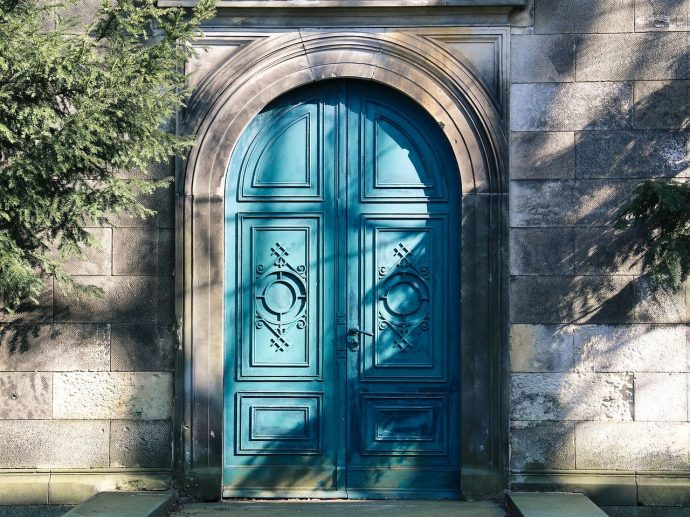Categories more
- Adventures (17)
- Arts / Collectables (15)
- Automotive (37)
- Aviation (11)
- Bath, Body, & Health (77)
- Children (6)
- Cigars / Spirits (32)
- Cuisine (16)
- Design/Architecture (22)
- Electronics (13)
- Entertainment (4)
- Event Planning (5)
- Fashion (46)
- Finance (9)
- Gifts / Misc (6)
- Home Decor (45)
- Jewelry (41)
- Pets (3)
- Philanthropy (1)
- Real Estate (16)
- Services (23)
- Sports / Golf (14)
- Vacation / Travel (60)
- Watches / Pens (15)
- Wines / Vines (24)
- Yachting / Boating (17)
How Doors Reflect Architectural Styles
Published
05/15/2024Entrances are often overlooked elements of architectural design, yet they play a crucial role in reflecting the style and character of a building.
Doors serve as both functional and aesthetic components, showcasing the architectural preferences and cultural influences of their time. Let's delve into how doors mirror various architectural styles throughout history.
Ancient Architecture
In ancient civilizations like Egypt and Mesopotamia, doors were not just practical openings but also symbolic portals. Massive stone doors adorned with intricate carvings and hieroglyphs conveyed power and divine connection, exemplified by the imposing entrances of temples and palaces.
Classical Architecture
During the Greco-Roman era, doors became more refined and proportional, reflecting the principles of classical architecture. Fluted columns, pediments, and decorative moldings adorned grand entrances, echoing the symmetry and balance of Greek and Roman temples. The use of materials such as marble and bronze showcased wealth and status.
Medieval Architecture
In the medieval period, doors became formidable fortifications as well as religious symbols. Castle gates were fortified with heavy wooden doors reinforced with iron bands, designed to withstand sieges and protect inhabitants. Meanwhile, the grand entrance doors of cathedrals and churches were adorned with ornate carvings depicting biblical scenes and saints, serving as visual narratives for the illiterate masses.
Renaissance Architecture
During the Renaissance, doors became canvases for artistic expression, blending classical motifs with newfound creativity. Elaborate doorways featuring pilasters, lintels, and sculpted reliefs became focal points of palaces and public buildings, reflecting the era's emphasis on humanism and cultural revival.
Baroque and Rococo Architecture
The Baroque and Rococo periods saw doors adorned with extravagant ornamentation and theatrical flair. Curved forms, gilded accents, and intricate scrollwork embellished entrances, mirroring the opulence and grandeur of the era's aristocracy. Palaces and stately homes featured doors as works of art, reflecting the wealth and taste of their owners.
Neoclassical Architecture
In the Neoclassical revival of the 18th and 19th centuries, doors returned to the purity and symmetry of classical forms. Inspired by ancient Greek and Roman architecture, Neoclassical doorways featured pediments, pilasters, and fluted columns, evoking a sense of order and harmony. The use of materials such as marble and limestone conveyed a sense of permanence and stability.
Gothic Revival Architecture
During the Gothic Revival of the 19th century, doors took on a medieval aesthetic, with pointed arches, tracery, and elaborate carvings. Inspired by the cathedrals of the Middle Ages, Gothic Revival doors imbued buildings with a sense of mystery and romanticism, appealing to the nostalgia for a bygone era.
Modern Architecture
In the 20th century, doors became simpler and more streamlined, reflecting the principles of modernism and functionalism. Minimalist designs, clean lines, and industrial materials such as glass and steel became prevalent, emphasizing efficiency and simplicity over ornamentation.
Conclusion
Throughout history, doors have served as both practical barriers and symbolic expressions of architectural style. From the monumental portals of ancient temples to the minimalist entrances of modern skyscrapers, doors reflect the cultural, technological, and aesthetic preferences of their time, providing a window into the evolution of architecture and society.















